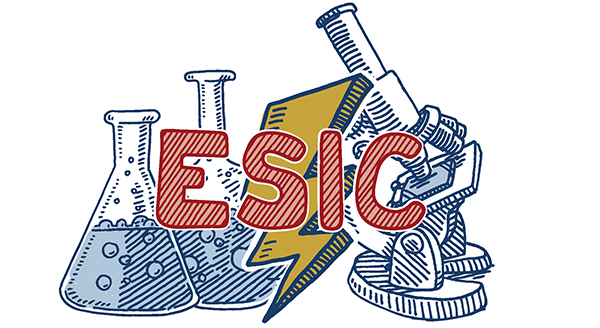1. The missing piece of our clean-energy market puzzle

Congress could be poised to pass the Energy Sector Innovation Credit, offering a path to commercialization for breakthrough clean energy technologies.
- Rich’s take: It’s a real game-changing market signal for private-sector innovators, helping them overcome the initial financing hurdles of developing first-of-a-kind technology.
The path ahead: ESIC’s prospects look good, given its bipartisan, bicameral support and the heavy hitters behind it:
- Authors: Senate Finance Committee members Mike Crapo (R-ID) and Sheldon Whitehouse (D-RI) … House Ways & Means members Tom Reed (R-NY) and Jimmy Panetta (D-CA).
- Senate co-sponsors: Finance Committee members John Barrasso (R-WY) and Michael Bennet (D-CO) … Energy and Natural Resources Committee members Jim Risch (R-ID) and John Hickenlooper (D-CO).
- House co-sponsors: Reps. Darin LaHood (R-IL) … Tom Suozzi (D-NY) … David Schweikert (R-AZ) … Josh Gottheimer (D-NJ) … and Michael Burgess (R-TX).
How it works: The bill establishes a technology-neutral, flexible investment tax credit (ITC) or production tax credit (PTC) for new approaches to everything from generation and storage to carbon capture.
- The credit is proportional to how much a project earns from market sales, preventing “negative pricing” distortions other credits have had on power markets.
- It levels the playing field with established technologies, helping newcomers stay competitive until they can prove market-fit.
- Incentives sunset automatically when new technologies find their footing, not at an arbitrary date like traditional energy credits.
Zoom out: This credit could be key to U.S. climate targets, incentivizing deep power-grid emissions cuts through gigawatts of new clean energy generation.
|